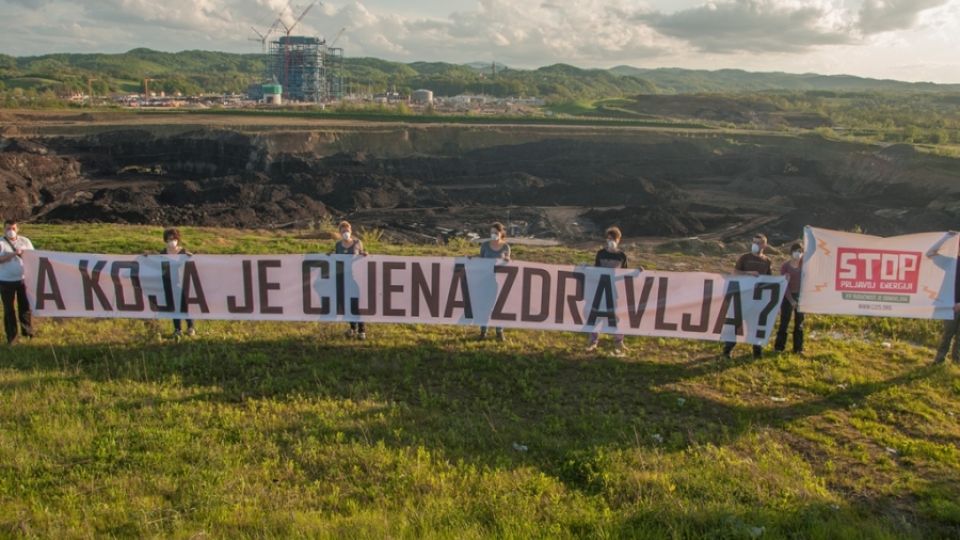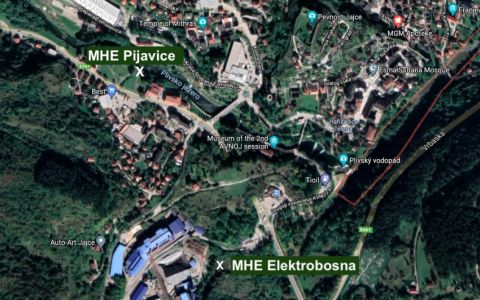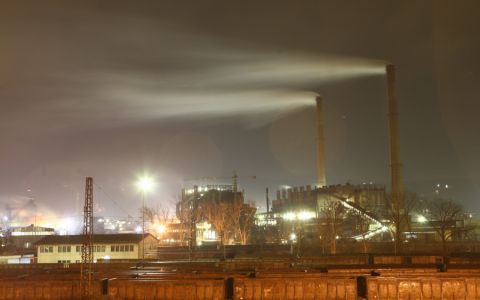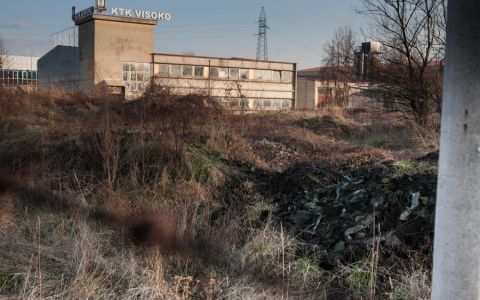Building a modern thermal power plant in the south-east Europe was discussed for years. So far the only project seemingly complying with EU legislation was supposed to be a Stanari plant – a new lignite power plant which belongs to the Energy Financing Team (EFT). During the construction process the technical parameters changed and the plant will for sure become a new serious polluter in the region.
Stanari plant (300 MW) located in the Republika Srpska entity of Bosnia and Herzegovina is a bad example rather than inspiration to other operations in the region. The NGOs Centre for Environment from Banja Luka and Client Earth from Poland, have in their complaint towards the Energy Community Secretariat pointed out the errors.
The analysis examining the environmental permit of the project and its compliance with EU legislation concluded that once the Stanari thermal power plant is completed, it will emit 2 -10 times more pollution than it is allowed under EU limits. This is an issue since BiH as a member of European Energy Community is obliged to implement certain pieces of EU legislation.
Construction of the Stanari TPP by a Chinese contractor Dongfang started in 2013 but the project has been under development for many years before and has undergone many changes in the technology and capacity. However, since the contractor entered the project any further steps happened.
In 2012, during a meeting with NGO representatives, the Ministry of Environment of Republika Srpska argued that smaller capacity equals smaller negative impact. However this later turned out to be untrue, as closer examination of the environmental permits revealed a change of boiler technology and the implementation of an unusual dry cooling system that lowered the net thermal efficiency from 43 to 34.1 percent which is very low for a new plant. Ultimately it means that while there will be less power generated, for each unit of electricity there will be higher emissions.







